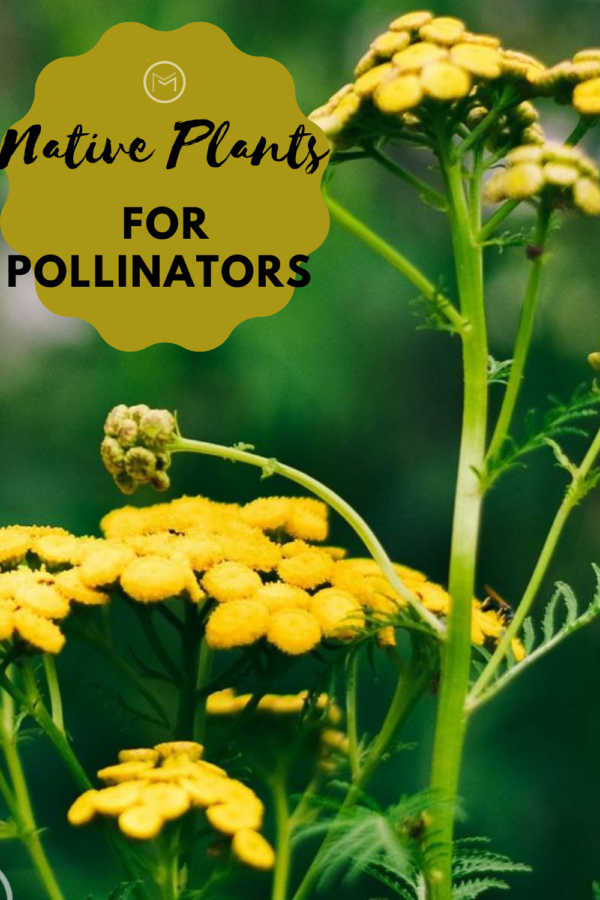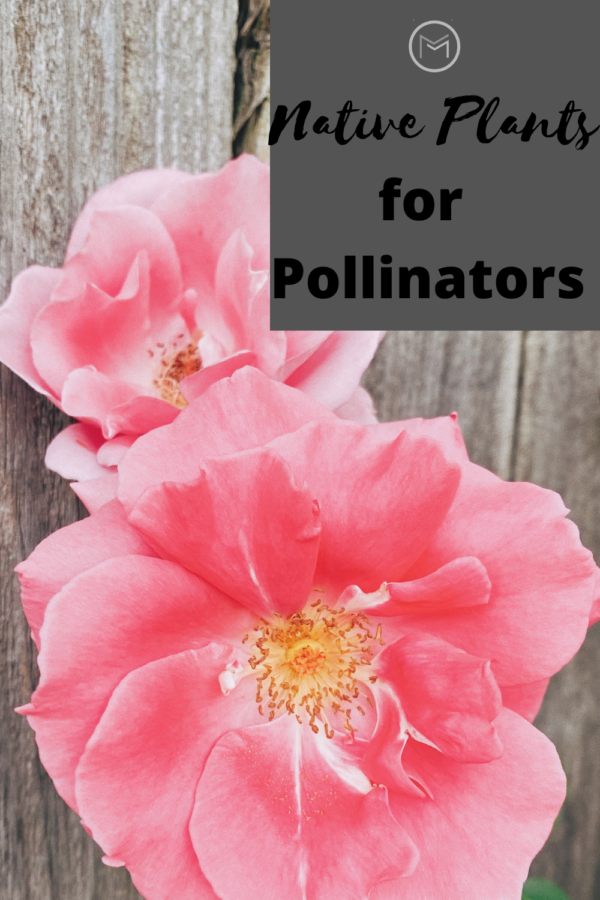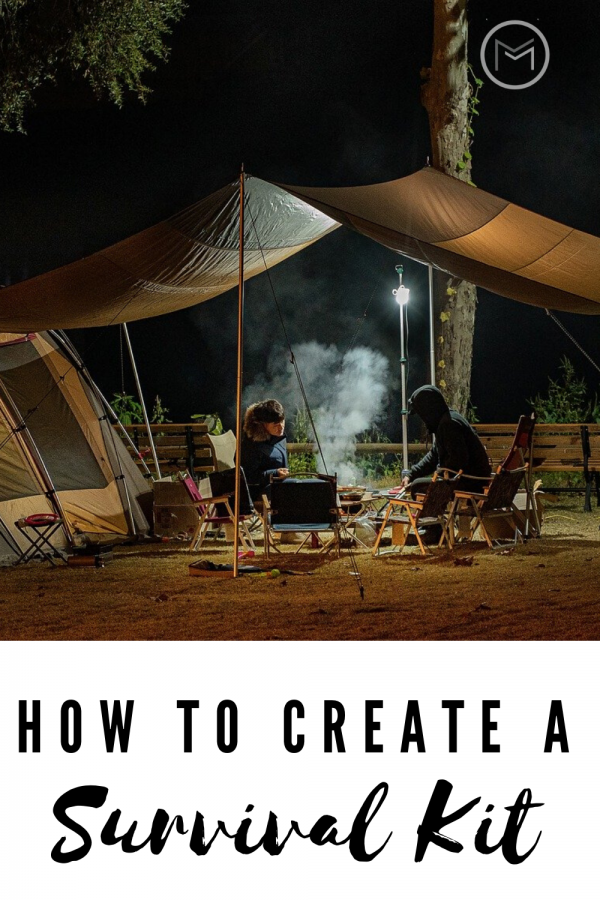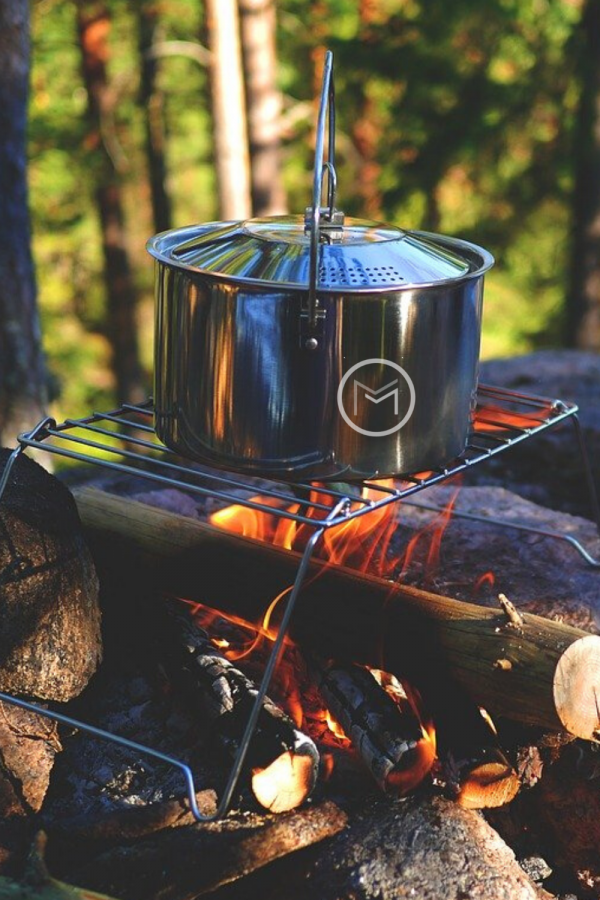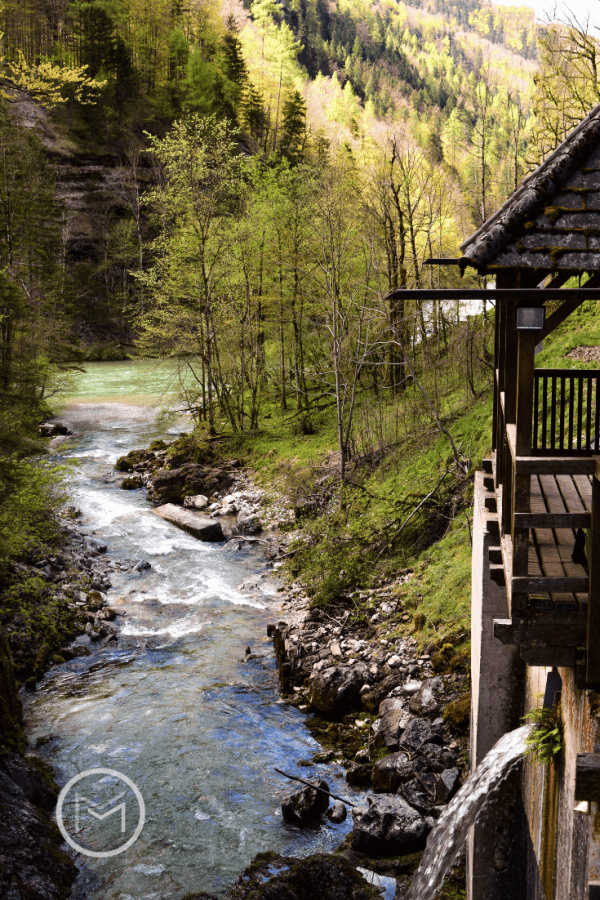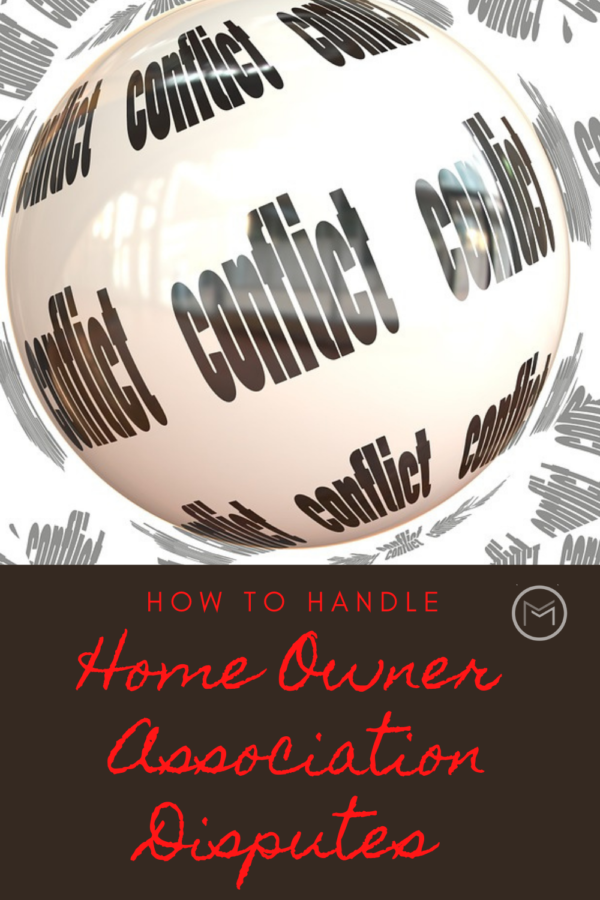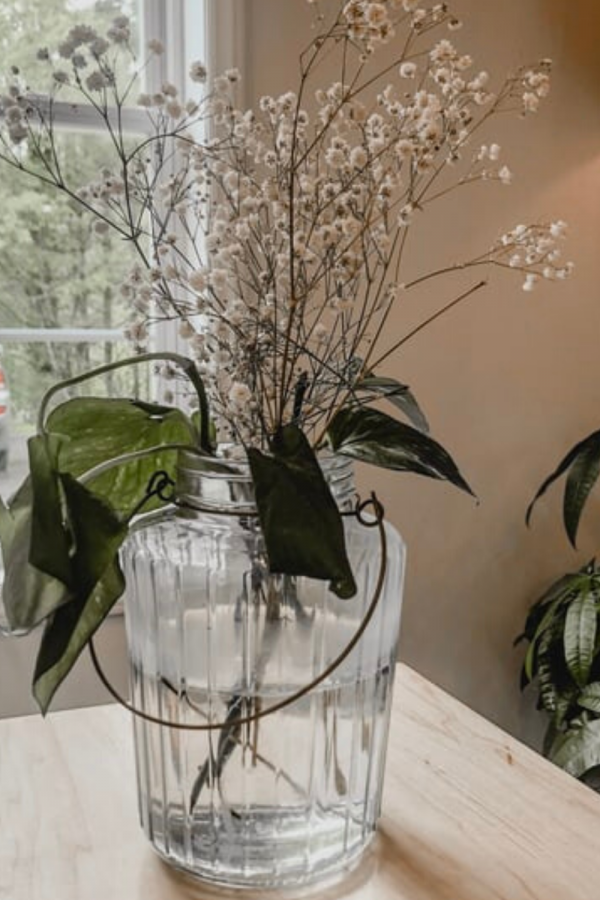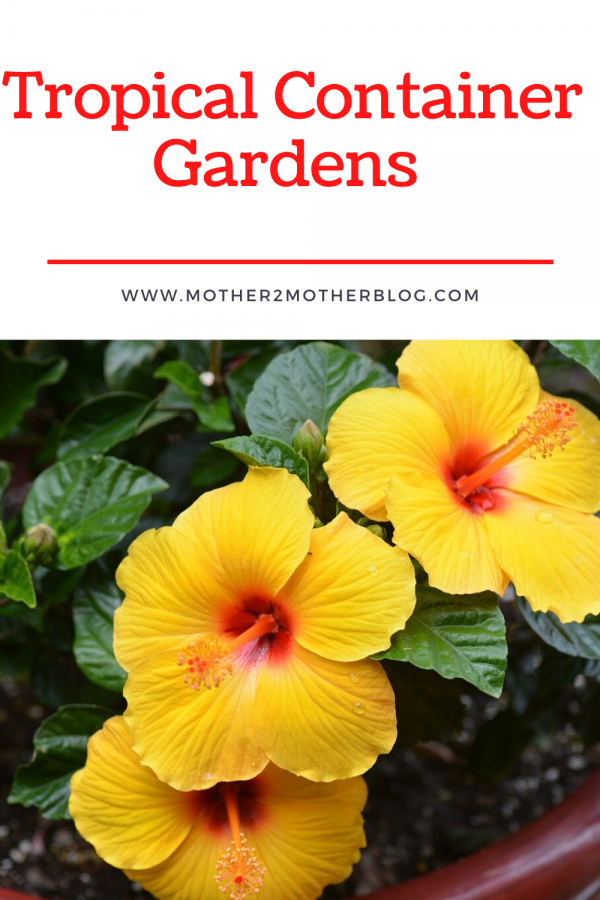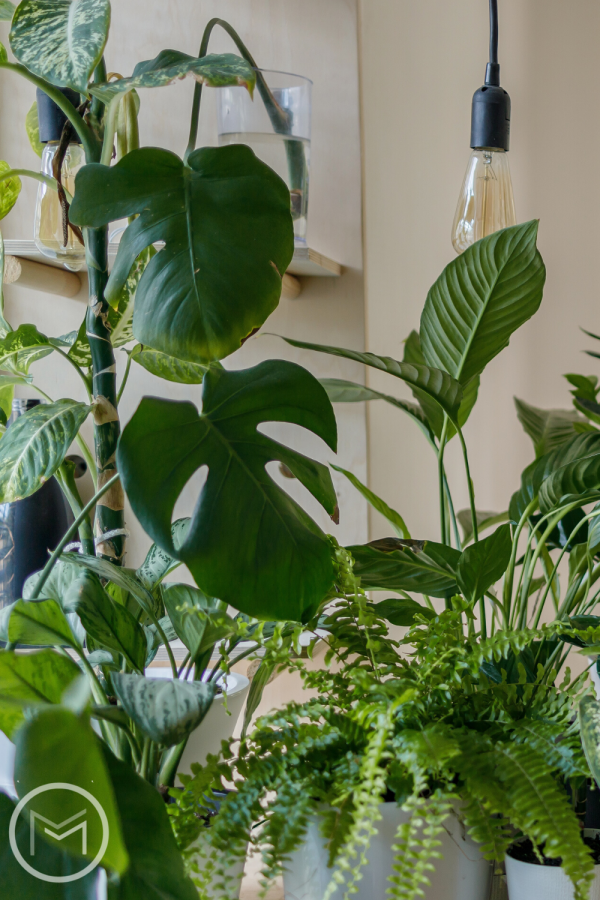Today, I’m sharing parenting advice on homeschooling tips for beginners. Unfortunately, the Covid-19 has affected the world in a detrimental way. Especially, our children’s education. Having a formal classroom setting is beneficial to children from an intellectual stand point as well as socially and emotionally. However, many parents have opted to homeschool their children rather than take a chance on sending them back to a formal school setting and getting sick.
So, we opted to homeschool my grandchildren during the last 3 months of the school year. We made a few mistakes, but for the most part we were successful and they loved being taught at home. I have a few tips on what we did to make the new endeavor successful.
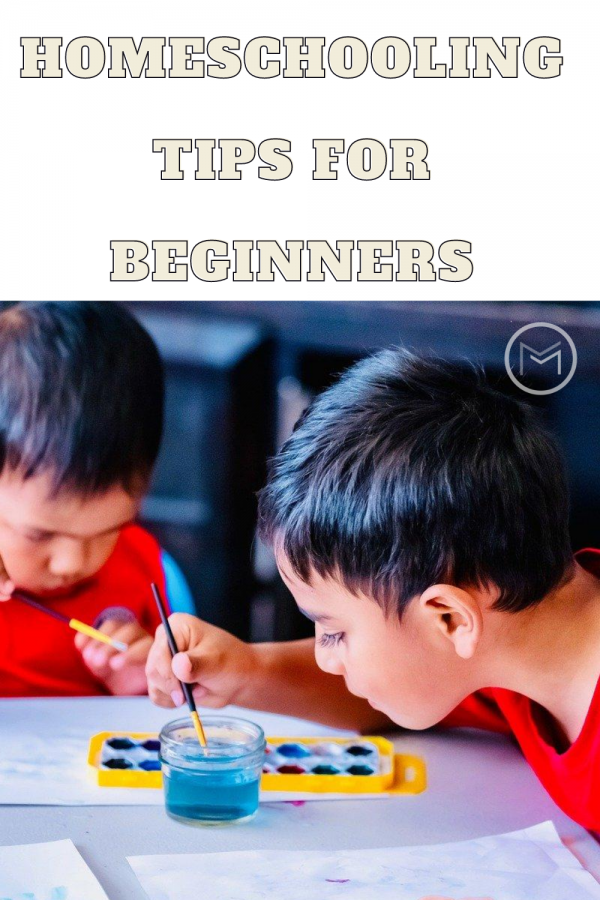
Here are a few homeschooling tips for beginners:
Keep Their Regular Schedule – First, if your children attended public school previously, but you have decided to homeschool for the upcoming school year, keep their current schedule. Get them up the same time you would normally get them up to attend school. Have them eat breakfast, brush their teeth, wash their face and get dressed as if they are going to school. Give them a time on which they need to be down stairs and ready to start their day. We had them get their clothes out the night before and have their bath, teeth brushed and PJs on by 9:00 pm.
Prepare a Space for Them to Learn – Just like we as adults need an office space to work in, kids need a comfortable environment where they can learn. Look for classroom desks for cheap if you can. I found several on yard sale sites. Good Will and Salvation Army are a few other places to look too. A coat of paint will give them new life. If you are unable to locate classroom desks, purchase a card table. Many come with chairs and they are great when the kids need to spread out. If that is not an option, clear the kitchen or dining room table.
Also, make sure you have good lighting and windows in the room if possible. Turn off the electronics unless they will be used for research or on-line activities. You want to create an environment where they can concentrate. Pencil sharpers, highlighters, crayons, scissors, pens, notebooks, notebook paper etc. should be available. Empty cans from dinner products make great houses for the pens, highlighters and pencils. Check out baskets or trays at your local Dollar Tree or Goodwill to hold paper and other craft products.
Purchase a chalkboard if possible. You may be able to find one at of the on-line yard sale sites. Brides who used them for their weddings are great sources. These are great for working out math problems or writing the assignments where they can reference if needed.
Organize Lessons – Furthermore, get creative and think of ways that will engage your children. Check out this post on putting together Strategic Homeschool Lessons. Planning lessons and activities will make it easier to convey goals to your kids. Furthermore, decide if you want to do printables, watch videos or do on-line activities for the assignments. Print any printables out the night before. Make sure videos work before class.
Choose Quality Lesson Plans – Check out sites that offer quality curriculums for the grades that you will be teaching. The site should be geared toward complete homeschool curriculums. You will want lessons in math, science, history, reading, spelling & more. Also, look for sites that offer arts and crafts too.

Consult Other Homeschoolers – If you’re new and unsure of yourself, join a homeschooling group. If you don’t want to join a group, consult another parent who homeschools and ask for tips. Homeschooling is not new, there are parents who have been teaching their children at home for years.
Make Lunch Fun – Next, get as creative with lunch as you do with their lesson plans. Review on-line menus from school and ask what their favorites meals were. Make them. Find ways to make sandwiches interesting if you have small children. Have lunch outside on the patio or picnic table. Check out these yummy carrot recipes for kids.
Include Outside Activities – This can include walks, nature hunts, jumping on the trampoline or just relaxing for a few minutes. But, set a limit just like they have in school. If the weather is nice have them plant a garden, feed the birds or make a snowman if the weather is cold. Why not make snow ice cream or find cold weather experiments to add to your science agenda. The possibilities are endless. A car ride can be a great activity too.
Create a Zoom Account – Last, set up time for your kids to interact on-line with other homeschooled kids. It doesn’t have to be for a long period of time. Just a few minutes to break the monotony, and make sure they are interacting socially with other children. They can play or just have a conversation. This is a great way to remove the feeling of being isolated from other kids. If possible, coordinate with other parents on having a Zoom class. This can be set-up for spelling, reading etc. Again, get creative.
Most importantly, make learning fun. Nothing will distract your children faster than boredom. My daughter actually made Fridays a half day. That really excited my little darlings. They were able to use that time to play educational games on-line or release their stress however they wanted. The kids loved Mrs. Clark’s, their mother, school. Finally, I hope these homeschooling tips for beginners have been beneficial, and you will implement a few.

